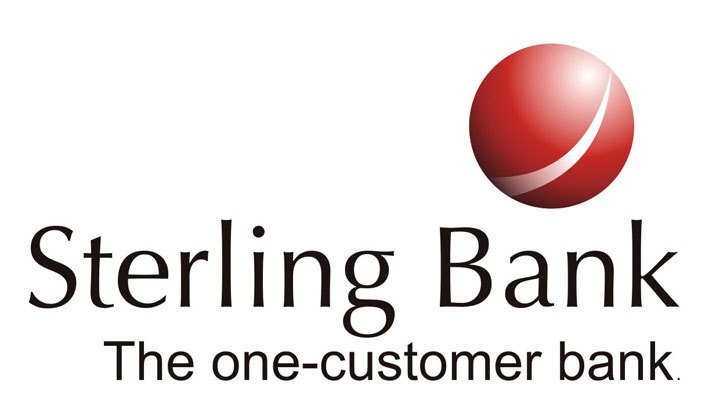Today’s business environment means that there’s greater crossover between departmental responsibilities, and more need for collaboration, than ever before. For marketers, the need to work with sales colleagues has been ever present but the rise of digital technology has meant increasing contact too with data, IT and legal teams, to name but a few.
Yet the different objectives that business functions work to, as well as the legacies of historic business structures, mean silos inevitably arise, blocking lines of communication and preventing access to key assets and knowledge.
Maximising success in any line of business today – not to mention providing the best possible experience to customers – requires that marketers and their colleagues make concerted efforts to break down silos and collaborate across functions. It was with this in mind that Marketing Week recently partnered with Workfront to hold an event where marketers could come together and debate the key issues in this area, and offer paths to progress.
In this article, we will be requesting for peoples view on the above topic; we asked a few of them to share their advice and experiences.
Q: What internal challenges are there when trying to implement more collaborative ways of working and how can they be overcome?
Sean Graham (SG): Implementing change in any organisation is never easy. The real challenge is less in introducing new ways of working, but rather in changing the way in which the business is seen internally, and reforming the culture of a company. In embedding the change and building support, the key message to communicate is the power of small changes to have a big impact.
Amanda Poole-Connor (AP-C): As TNR and Commotion offer a real range of services, there have been times when the teams have been on the verge of splintering, and we have worked really hard to ensure that we work laterally across the business.
We have also, this year, introduced the opportunity for every team member, including me, to shadow or watch all our other services in action. Not only does this bring us closer as a team, it also builds understanding and allows us to better service our clients with a richer experience of our offering as a whole.
Lenore Gibson (LG): One of the best ways to work more effectively with other business areas is to challenge the existing siloed approach and tackle misconceptions of the marketing function – we can be viewed as an advertising/events/PR fulfilment team rather having a critical role in driving organisational growth.
We’ve tackled this chiefly through ensuring that our goals align with those of the exec team, working with sales to develop a set of shared metrics and KPIs and using CRM to monitor – and report back to the business – the progress marketing is making against these shared objectives.
Q: What opportunities do cross-functional working and removing silos create?
SG: The benefits of cross-functional working are endless. From a marketing perspective, it enables my team to have oversight of a project from start to finish through each department. This is more efficient and makes managing each project smoother. There are also benefits for staff, who will become better connected, more rounded, and invested in the company culture, with increased opportunities to grow and learn in their roles.
AP-C: This is critical for our clients. If we aren’t pulling together to achieve their objectives, we will miss out on vital opportunities that will take a campaign from good to great. If that is the case we are failing our clients.
LG: Marketing delivers most effectively for the business when not working in isolation. Partnering with sales, commercial and product teams – which means having common goals and regularly sharing information – gives marketing visibility, credibility and greater value-add through inclusion in plans from an earlier stage.
Cross-functional teams are good for the business and for people; they offer exposure to other functions and projects and enable people to develop skills that may help to fill gaps across other teams.
Q: What do businesses stand to lose by failing to remove silos?
SG: This way of working is increasingly expected by younger generations, who join a company expecting opportunities to try everything and learn everything. The businesses that offer this approach will have stronger rates of retention and staff satisfaction. Those businesses that don’t embrace this shift are likely to be left behind in the future.
AP-C: Having a series of divisions working as separate silos can only be detrimental as opportunities are lost, work culture becomes competitive and demoralising, and the damage can be devastating. Departments can end up cannibalising the business as a whole as they only look to how their team are doing. It’s just bad practice and in my experience there are no benefits at all.
LG: The business operates less efficiently. Time is lost and projects delayed through a lack of communication and failure to engage key functions and stakeholders at the correct stage. Silos also make it hard for senior leadership to ensure that everyone in the organisation is pulling in the same direction.
Q: What role should marketers play in bringing different business functions together?
SG: While the role of marketers will vary by company, as a senior director in the business, I have an overarching view of the business as a whole, which allows me to see where change is needed. Marketers are, by nature, used to experiencing and introducing change, in a way that other areas of the business are not, and a large part of our role should be using this mentality to help introduce necessary changes across the business as a whole.
AP-C: Marketing at TNR and Commotion is one of the only teams that sits entirely across the two agencies, along with myself and operations. They are therefore a key weapon against the threat of silos. They can work on interdepartmental campaign opportunities, pitches and workshops. Plus they can ensure internal comms align with a ‘one team’ mentality.
LG: Developing and reviewing progress against shared objectives and KPIs is a good way to align with sales and other functions – it shows that you have skin in the game. As professional communicators, marketers should also continually work to raise the profile of marketing across the organisation, so that others are aware of when and how to work with marketing, and how the team is delivering business success.
Also think carefully about team structure. Marketers must now be as comfortable with martech and data as they are with storytelling and branding, regardless of whether they view themselves as being ‘analytical’ or ‘creative’.
SOURCE: MarketingWeekReporters


















